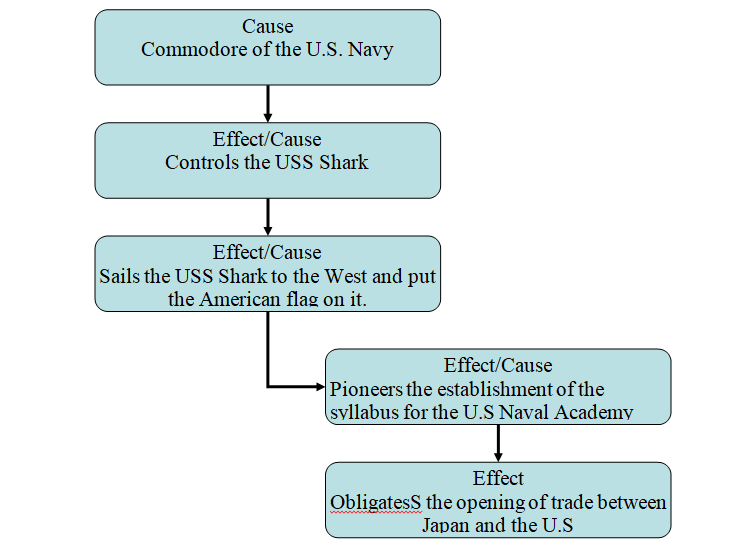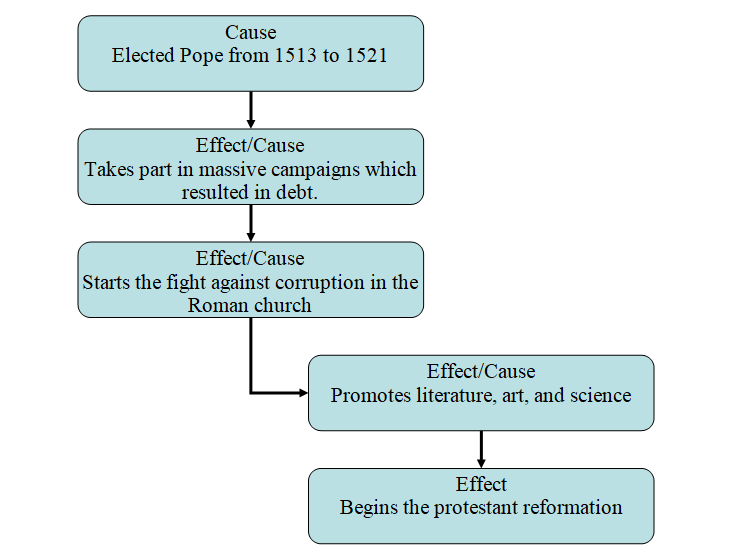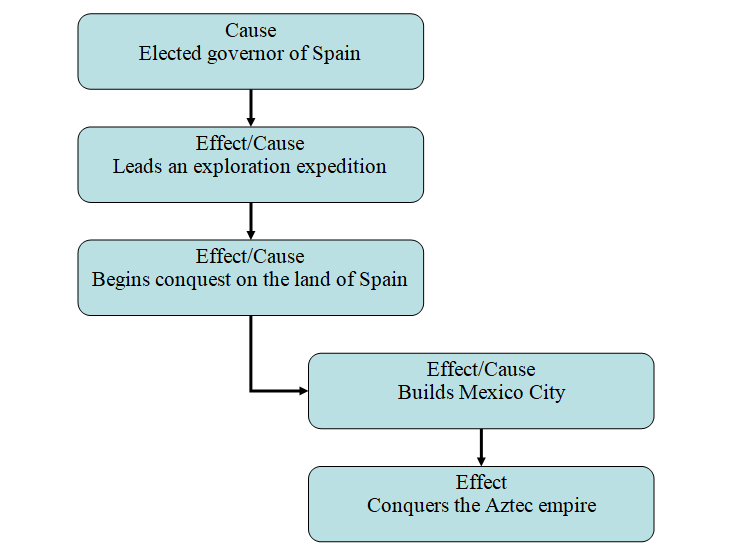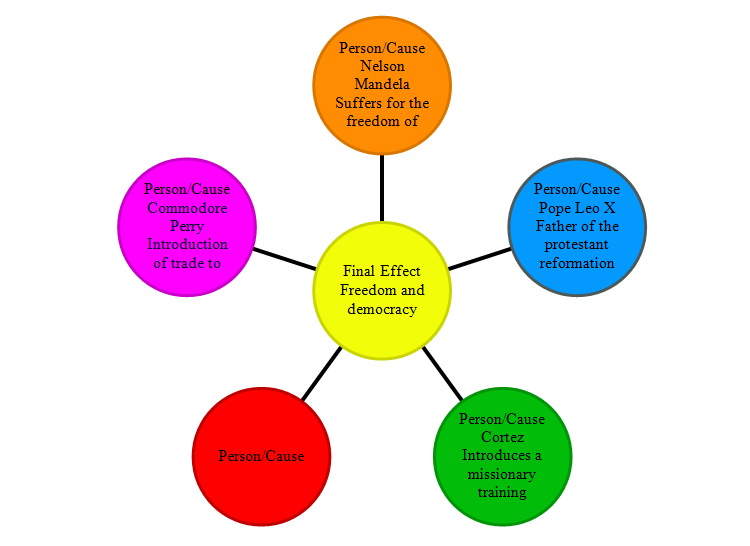Person’s name: Nelson Mandela

Person’s name: Commodore Perry

Person’s name: Pope Leo X

Person’s name: Cortez

Combined: Nelson Mandela, Pope Leo X, Commodore Perry, and cortex

The prohibition of marriages Act was first passed in South Africa in 1949. This Act prohibits marriages between people of different races. Marriages between people of different races was termed illegal and had to be discouraged through the introduction of the Act. Before the enactment of the Act mixed marriages had already declined to about 0.23% of all the marriages in the country.
The Act latter became effective in all African countries which still exist in some countries. After the election of P.W. Botha, as president the Act was repealed (Marryat, 50).
Instead of the Act bringing people together, it led to an increase in the levels of discrimination witnessed between the white and other races. The African could be seen as inferior to the whites and were denied equal opportunities as those given to the whites. People lived according to their cultures which they were not ready to let go.
This further increased the disparity that existed between races leading to more discrimination. President P.W Both played a crucial role in demolishing the Act. He saw it as a hindrance to economic growth and development since people would find it difficult to work together with people from different races.
Today, the Act has lost its significance and people have started intermarrying. This has resulted to a decline in the levels of discrimination which in turn has led to economic development in Africa. People are now free to marry publically from a person of their choice irrespective of their ethnicity or race.
Prison on Robben Island in Africa
Robben Island has been a home for thousands of people for many years. However, since early seventh century, Robben Island has for most of the time been used as a prison.
It is also used as a hospital, and a training station for the defense force. According to Marryat (97), the first people to be imprisoned in Robben Island prison were the first president of South Africa, Nelson Mandela, Robert Sobukwe, and other activists. In early 19th century, Robben Island acted as a hospital since it was seen as a secure place with a good environment for treating diseases.
It was used as a hospital for treating leprosy and chronic diseases which was ineffective due to the in availability of cure. It therefore acted as a kind of prison even for the mentally ill and those suffering from leprosy since it would take a very long period of time before they fully recovered.
Towards the end of the 20th century (1997 to be precise) Robben Island was used as a heritage site as well as a museum. Today, the museum takes center stage in the country’s heritage. It has become a tourism site that attracts hundreds of people from all over the world.
The fact that, it acted as the prison for most activists including president Nelson Mandela, has made it a dynamic museum where educational programs are run as well as research. It earns the country huge amounts of foreign exchange which have contributed to economic growth and development for the country.
The Great Schism in Europe
The Great Schism refers to the rift that was formed in the Catholic Church in the 17th century A.D. This marked the start of the separation that exists between the Roman Catholic and the Greek Catholic. Before the separation, the Catholic Church was ruled by five patriarchs each of the governing a patriarchate.
These patriarchates were found in Rome, Antioch, Jerusalem, and Alexandria. Those in Rome spoke in Latin whereas the others spoke Greek since they were located in the East. Later the Emperor, Constantine, had the desire of creating an empire and moved the Christian empire to Byzantium.
This was the time when the Germanic tribes began their invasion across Europe which plunged Europe into Dark Ages. There was economic, geographical, political interference that eventually resulted into the rift (the Great Schism) between the East and the West.
The Western theologians could not speak Greek and therefore they were not able to read the books written by the eastern theologians. They had to write their own books in Latin since majority of the theologians were from the east.
The Greek language was more flexible than the Latin which made writing easy and more expressive. Due to the inflexibility of the Latin language, there was a decline in the literacy forcing the clergy to act as the main teaching authority. This resulted into more differences which aggravated the tension between the East and the West.
In the west, new Christians had to use Latin as their ecclesiastical language, and look for leadership from Rome (Gstohl 3). On the other hand, new Christians in the East were able to read in their mother language since the missionaries translated the bible into different languages. More churches grew in the East which were independent of their mother church and were administered and governed separately. All clergy in the west were required by Rome to be celibate whereas the East allowed them to marry.
The effects of the Great schism are still felt today. It marked the beginning of the Protestant churches which are different from the Roman Catholic Church. Even today, clergy from the Roman church are not allowed to marry whereas the protestant clergy are encouraged to marry.
The Reformation in Europe
The European reformation occurred in the 16th century. It can be considered as one of the major historical events to have ever occurred in the world. Through the reformation, the bible was discovered which is now accessible in almost all languages. Before the reformation, there was no freedom regarding principle of religion, the rule of law, liberty, and separation of powers.
It was through the European reformation that all these was achieved and continue to be enjoyed today. The early reformers fought for religious principles regarding the scriptures as being the only form of authority, and Christ being the head of the church (Gstohl 2)
The reformation was seen as the only way of doing away with the irreligious acts that were practiced by the clergy. The church had become corrupt and allowed worldly practices which were also practiced by the clergy in the name of religion. They had a strong desire to rule the church and all its followers and be seen as men with authority.
This disheartened many people who started crying for a reformation. The reformers were determined to change the moral lives of the followers especially the clergy and would not leave any stone unturned. Popes had forgotten their role in church and the only way to get them on tract was through a reformation (Ronald 4)
The European reformation freed many governments from the authority laid by the popes and was able to make their own decisions. Peasants were also freed from paying taxes and countries such as England, were able to exercise their authority without the church interfering (Gstohl 3). The European reformation gave birth to the protestant movement which respected the bible and its authority.
Church’s authority declined and people were able to live their lives as they pleased. was it not for the reformation, the Roman church would now be a den of robbers with the clergy trying to control everyone for their own benefits but not that of the church.
European diseases in the early Americas
When Europeans came to North America in the late 16th and early 17th centuries, they entered new territory, not only in terms of geography, but also in terms of culture, society, religion, technology and economics. Lacking information, they made a number of critical miscalculations about the New World.
Many settlers assumed the climate would be similar to that of Europe at the same latitudes, but the differences between climates and ecologies of New England and Southern France, for instance, became apparent. As it turned out, the harsh winters and hot summers of eastern North America proved to be far more challenging than the early settlers had anticipated (Ronald 4).
The footing of Europeans on the new continent was tenuous at first. Some of the European settlers, relying on incomplete, inaccurate or downright false information about the New World, brought with them crops that were difficult or impossible to grow where they landed, a factor that contributed to the high death rate among the early settlers.
The Europeans were not able to withstand the harsh weather and as a result, they contacted many diseases among them being typhoid, and malaria. This later spread to the North American especially the ones living in the east where the where there was a bigger population of the Europeans. These diseases spread like fire and consumed a lot of time and money to treat while researchers looked for ways of preventing them.
Commodore Perry’s Black Ships in Asia
The black ships refer to the Japanese ships that arrived in the 15th to the 19th century. Commodore Matthew Perry went on a pilgrimage by ship to Japan in 1853 to introduce the importance of trade to this isolated country of Japan. While Perry explored Japan, realistic paintings were fashioned on canvas showing the American point of view.
During the same time period, an unknown Japanese artist sketched his ideas of the events that transpired while the U.S. Navy explored Edo and other sections of Japan. Two artists contributed to the understanding of the epic mission by the U.S. into Japan. The then US leader (Perry) advocated for scientific invention (Ronald 7).
In 1954, the treaty between Commodore Mathew C. Perry and the Tokugawa shogunate opened ports in Japan that made trade easy between the Japanese and the U.S. sailors. However, it did not establish permanent residence except the one in Shimoda.
United States Imperialism in Latin America
At the beginning of the Great Depression, the United States troops were sent to explore Latin American for more than thirty times. These troops used the Roosevelt Corollary to justify their intervention to the Latin Ameriacan because they could not find any other excuse.
The United States perceived itself as a civilized nation which had the right to intervene in other western countries for the purpose of stopping wrongdoing. Police power was used among the Latin Americans since they involved themselves in “chronic wrongdoing” which had to be put to an end.
The imperialism of the U.S in Latin America changed the political, economic, and social stability of the country. Economic expansion was witnessed in major sectors and this was made easy by the introduction of the policy referred to as “the dollar diplomacy”.
Through this policy, businesses in America and in other countries were protected resulting in economic development. Former governor of the Phillippines, William Howard Taft was behind the dollar diplomacy policy which he used to protect the American investments.
The U.S imperialism marked the beginning of economic prosperity in the western countries which is still evident today. These countries are the most developed nations in the world both economically and financially.
Works Cited
Gstohl, Mark. “The Magisterial Reformation”. Theological Perspectives of the Reformation, 2004. Web.
Marryat, Frederick. The Mission; or Scenes in Africa, 2001. London: Nick Hodson.
Ronald Segal. The Black Diaspora: Five Centuries of the Black Experience outside Africa, 1995. New York: Farrar, Straus and Giroux.